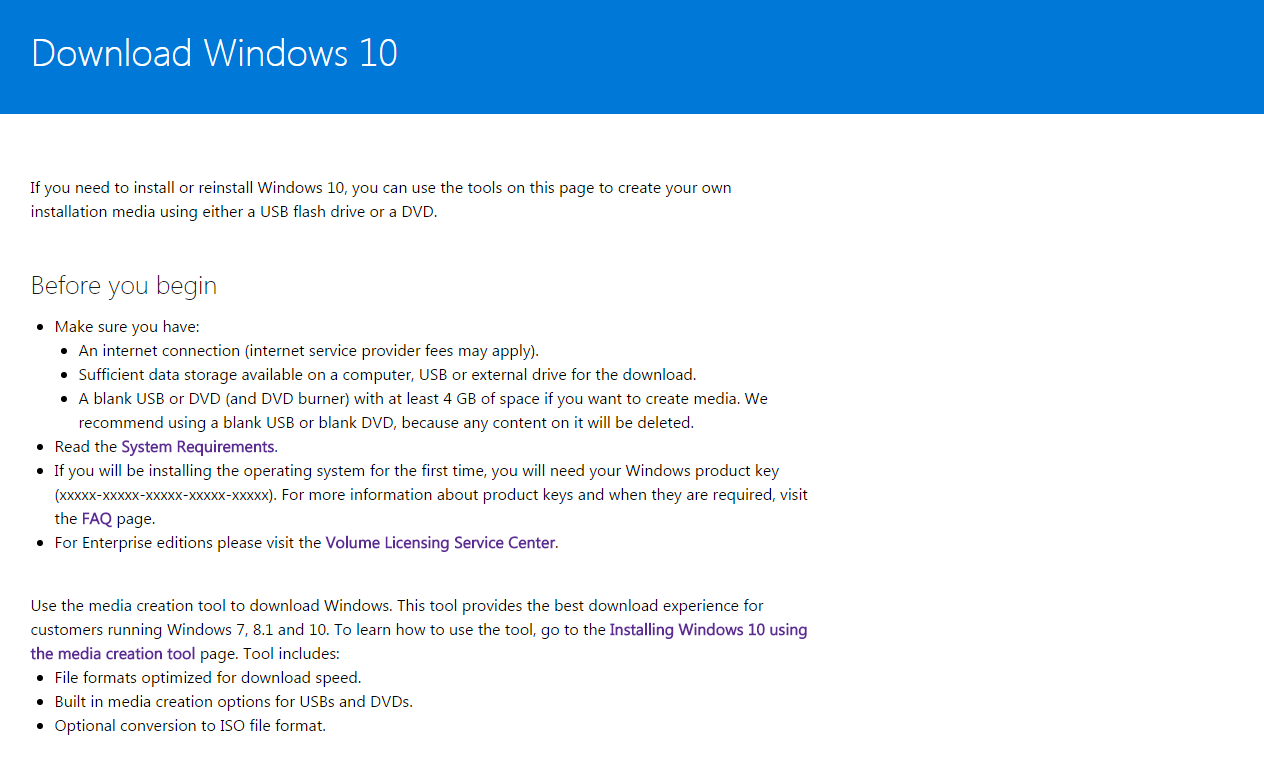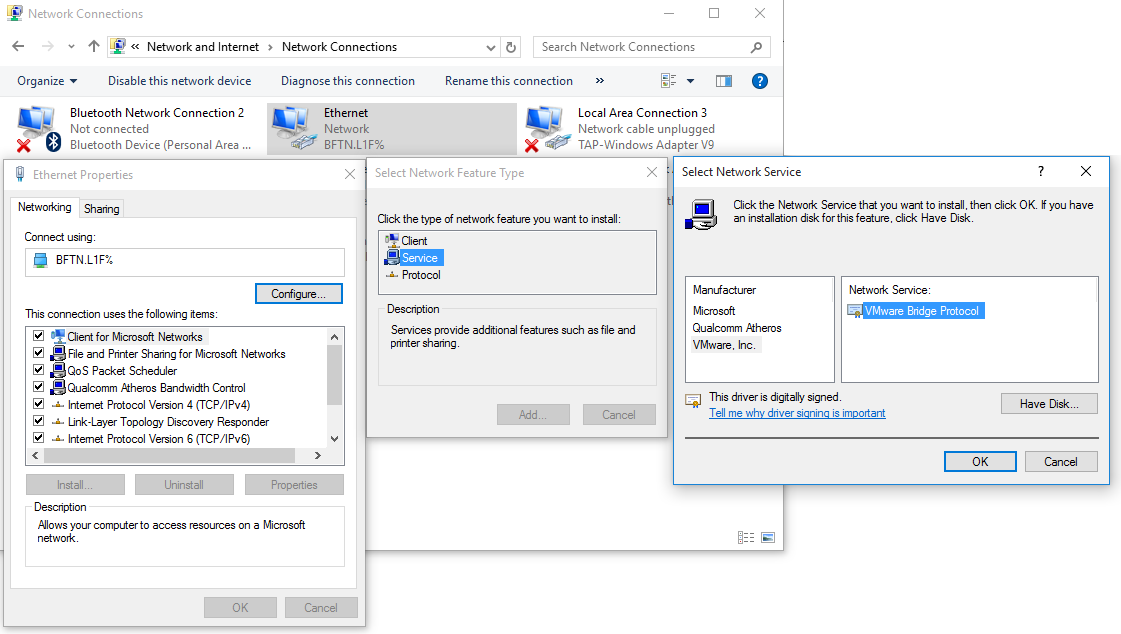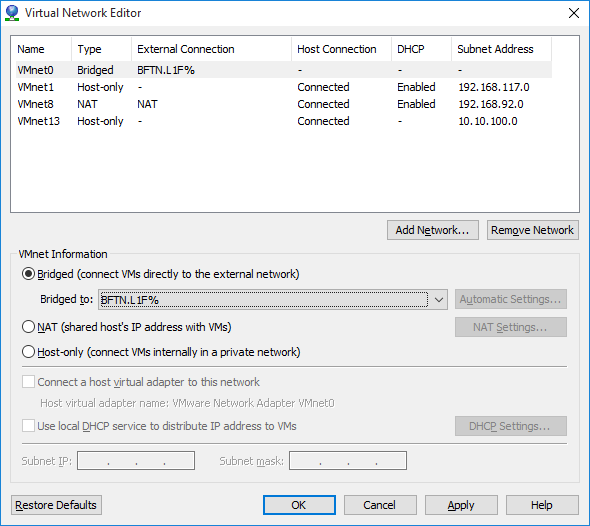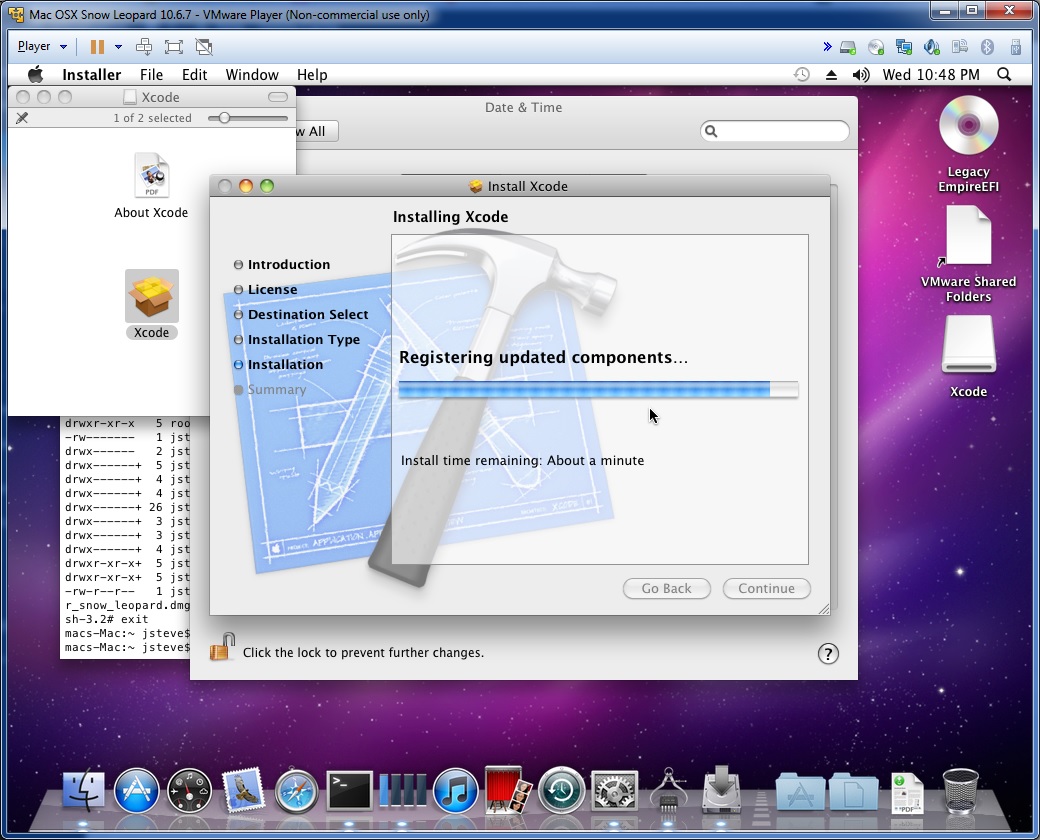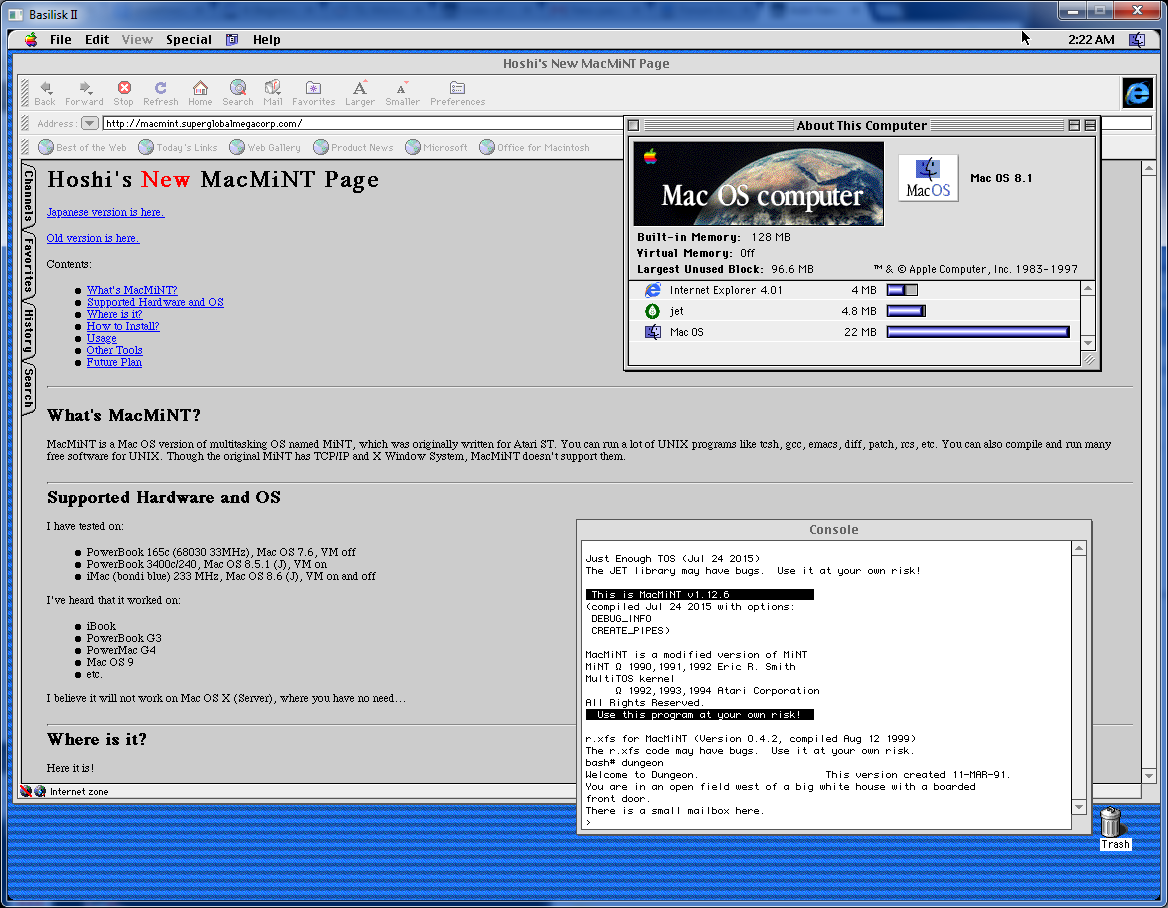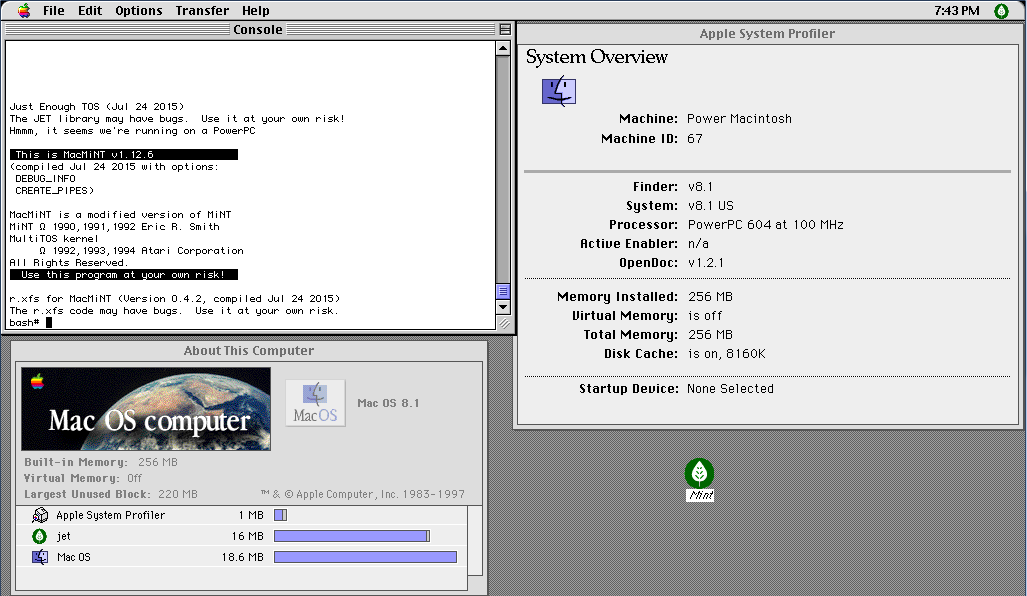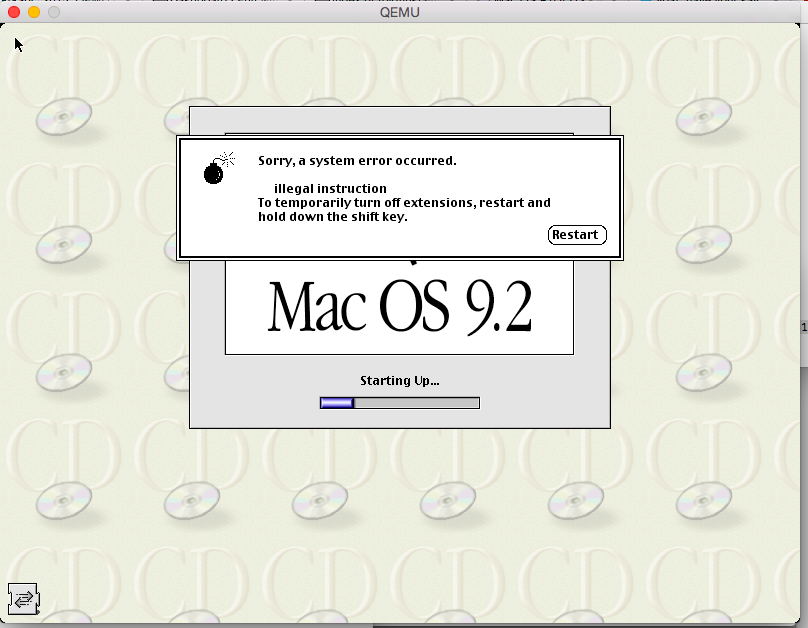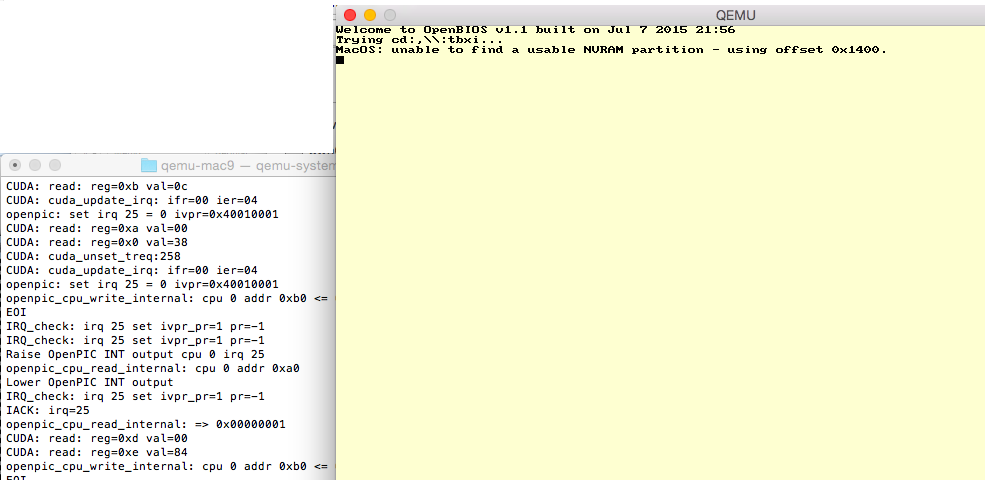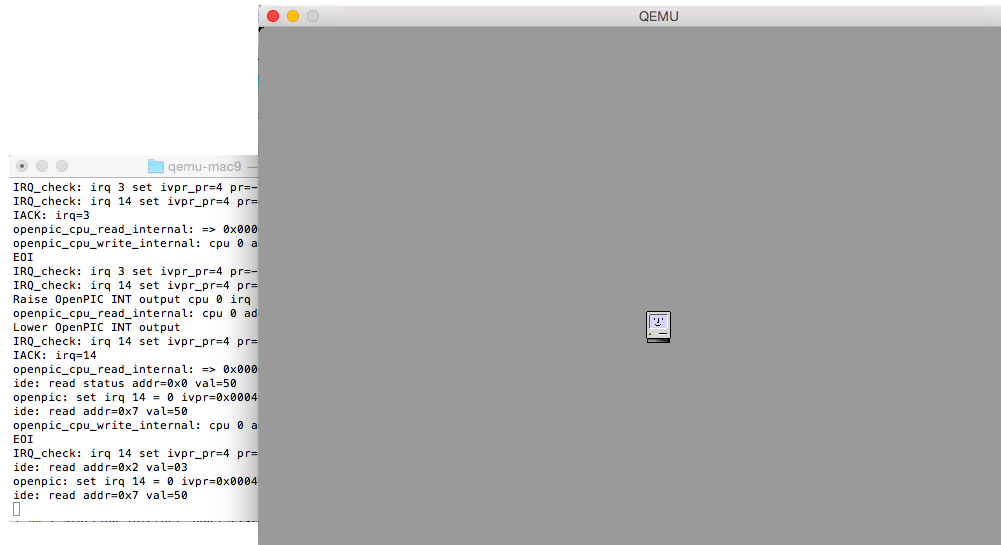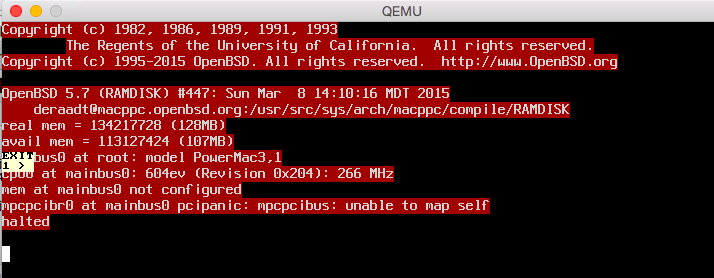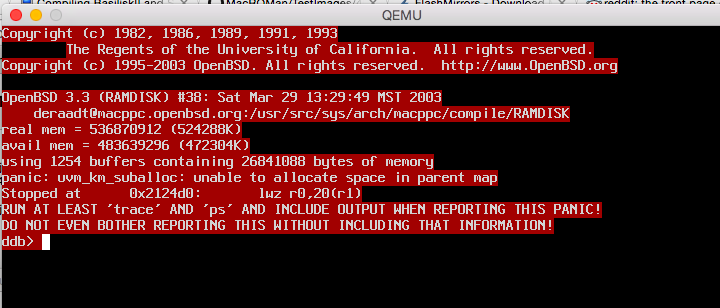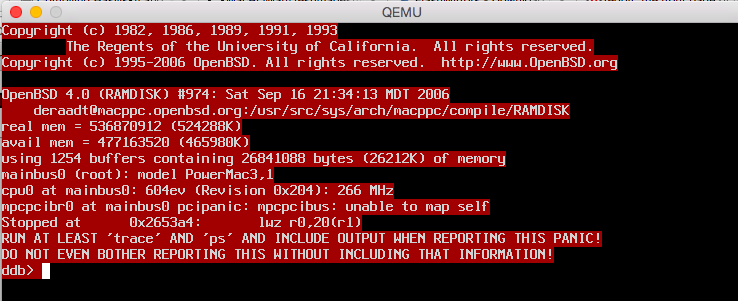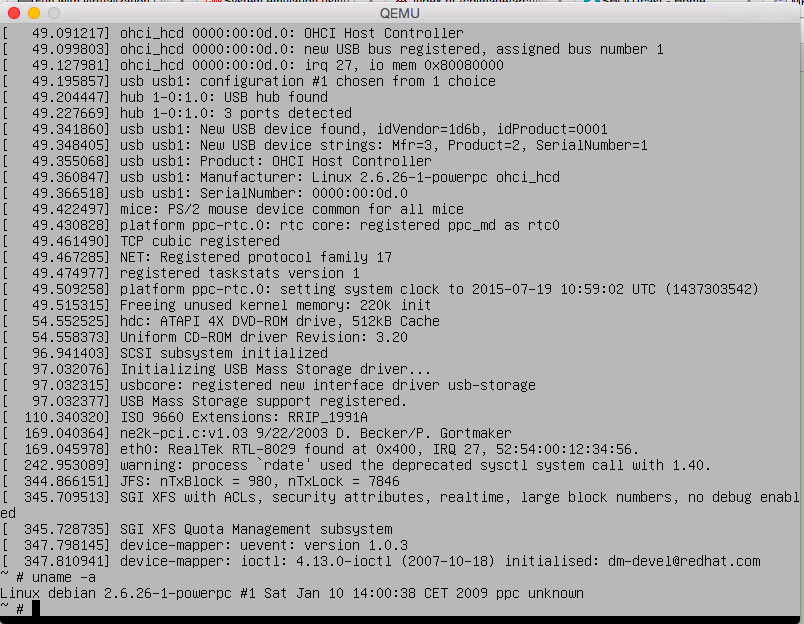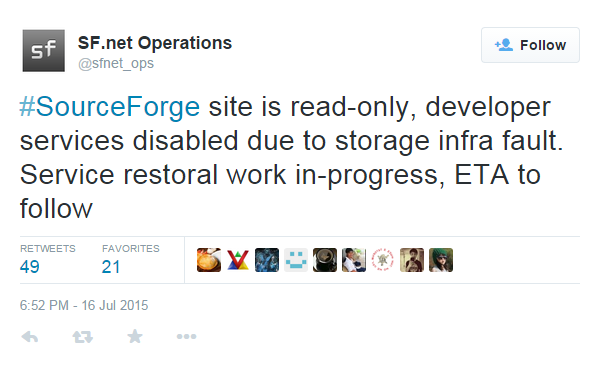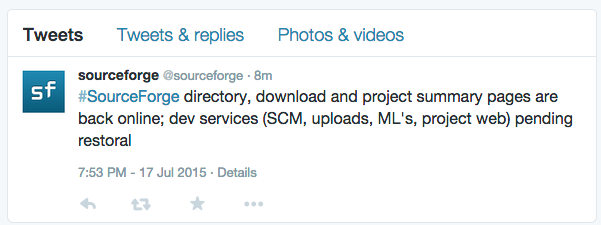I know I’m crazy, but for some reason the update didn’t kick off automagically on my 7 box, so I fished around and found the direct download here.
From what I’ve read VMware Player 7 updates should work with 10.
Time to see what breaks, and what works!
The first issue I had is that after the upgrade, VMware Player couldn’t connect to the bridge adapters. Luckily the fix is really easy.
Bring up your network connections, go to your physical Ethernet adapter, bring up it’s properties, and add in a ‘service’.
Then select the VMware Inc, vendor and the VMware Bridge Protocol. Now with that done, all I had to do is then bind the bridge to the Ethernet adapter.
And now my VM’s can talk to my network without any of that NAT nonsense. And I didn’t have to re-install VMware Player to fix this either!
Some real fun came from upgrading my wife to 2015. She uses Outlook 2013 to talk to an IMAP server. No big deal right? Well after upgrading when she tried to send an email she would get the ever so helpful error 0x800CCC13 . So her server is setup to use SSL to talk to the outbound SMTP server. It even has a valid certificate! The best part is that verifying her account and IT WILL SEND THE TEST EMAIL. Yes, that is right, Outlook 2013 cannot send to SMTP servers, but the test and diagnostics work. And in the age of multigigabyte installations all the user is left with is a hexadecimal error code of 0x800CCC13. Frankly this is totally inexcusable in 2015, let alone in the 1990s. Hell even OS/2 had a system to look up cryptic error messages. I guess that was an IBM thing.
So anyways, the best part is the ‘fix’. Apparently according to here, the upgrade to Windows 10 corrupts some DLL’s that are a part of Outlook 2013, and they need to be repaired. Simply run the following command as administrator:
sfc /scannow
It can take upwards of 10 minutes to complete. After we ran this, we re-ran Outlook 2013, and all of our dozens of attempted test messages sent.
Another possible problem is that the Exchange server plugin is interfering with the IMAP/SMTP plugins, and it needs to be disabled/deleted. I haven’t had to go there since she can send emails now.

